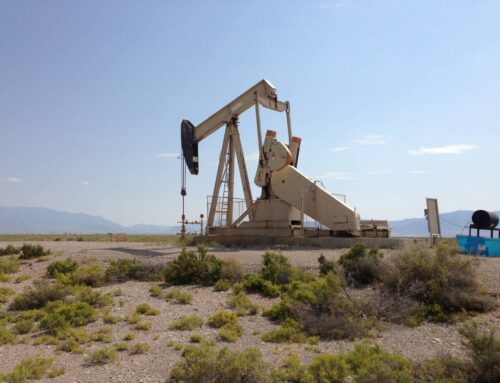Over the past two weeks, the value of the United States Enrichment Corporation’s (USEC) stock has fluctuated significantly, rising from $3.03 per share on June 30 to a peak of $11.04 on July 2 before falling back to around $5.50 today. Some analysts attributed the price volatility to investors being excited that USEC would receive additional funding for its American Centrifuge Project (ACP) before learning about the company’s dire fiscal straits, including its recent bankruptcy. The bankruptcy proceedings have demonstrated that USEC is a bad bet for any investors, including taxpayers.
Last Monday, USEC announced that it plans to begin soliciting bondholders for votes on the company’s proposed Plan of Reorganization as part of its effort to emerge from bankruptcy.
Unable to pay off its $530 million debt, USEC filed for Chapter 11 bankruptcy protection on March 5 of this year. The company announced its intention to seek bondholder approval following a hearing in the U.S. Bankruptcy Court, during which USEC was ordered to proceed with its debt restructuring plan.
Bondholders will be asked to approve the plan during a 30-day voting period, which is expected to begin July 12. According to USEC, the proposed plan, which would replace its existing debt with a reduced one totaling $240.4 million, is supported by about two-thirds of the company’s creditors, including Toshiba and Babcock & Wilcox. After the voting period ends, the plan will be subject to review by the Bankruptcy Court.
While USEC expects to emerge from bankruptcy, its first quarter financial results, released in early May, reveal that the company is facing an uncertain future, having lost all of its enrichment capacity and most of its traditional sources of revenue.
USEC no longer manages its signature American Centrifuge Project (ACP) – now a responsibility of the Department of Energy’s (DOE) Oak Ridge National Laboratory (ORNL). Although the company continues to remain involved in the ACP as an ORNL subcontractor.
The project, which remains an active applicant for a $2 billion DOE loan guarantee, is already eight years behind schedule, has cost more than $300 million in taxpayer support and, in USEC’s own words, is unlikely to be commercially successful even if completed.
In the last two weeks, traders have realized that investing in USEC isn’t a good idea, dumping the company’s shares almost as quickly as they bought them. If Congress and the DOE really are good stewards of the taxpayer dollar, they’ll take a hint from the market and stop investing in USEC and the ACP.










Get Social